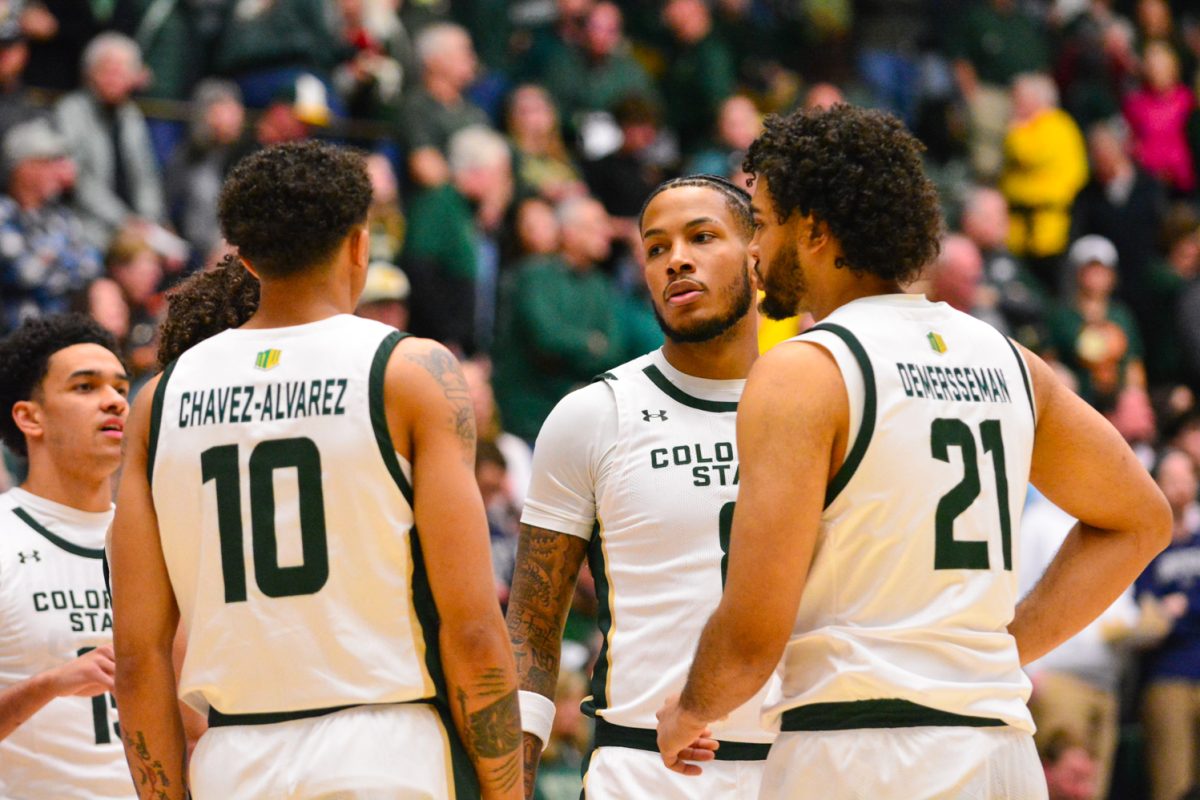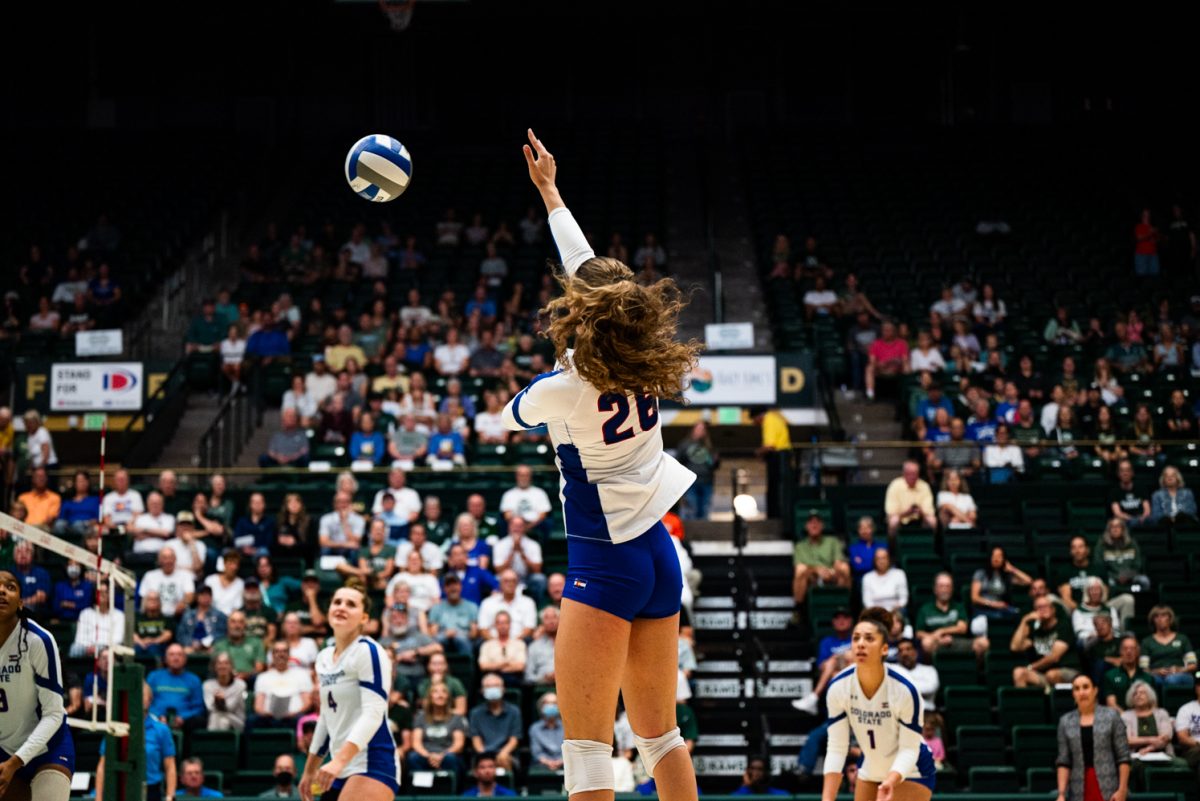The last time the Colorado State men’s basketball team made the National Collegiate Athletic Association March Madness tournament was in 2013. The Rams won their first game against the University of Missouri, but ultimately lost in the round of 2 against the eventual winners, the University of Louisville.
Coming off of a 20-win season, the Rams were primed with young talent to push for another solid season. Like any NCAA basketball team, sights are set every year on a run in the March Madness tournament.
For CSU and all 352 other Division 1 teams, that goal may be in reach more so now than in years prior.
On Sept. 9, coaches in the Atlantic Coast Conference voted unanimously to support a proposal in which every Division 1 college basketball team would qualify for the 2021 NCAA tournament.
There has been a lot of speculation on if this is even feasible, and according to The Washington Post, Dan Gavitt, the NCAA’s senior vice president of basketball, said, “At this time we are not working on any contingency plan that involves expanding the tournament field.”
Let’s say the stars align and somehow this proposed tournament format sees the light of day. That still leaves a lot of questions that need to be answered.
Potential Tournament Format
Going from a 68-team tournament to a 353-team tournament initially sounds like a logistical nightmare, but the actual increase in games played is not as absurd as one might think.
In the normal March Madness tournament, there is usually a play-in game for the 16th seed. Now imagine that but as an entirely separate tournament that allows teams to play into a larger March Madness tournament.
Consider the main NCAA tournament being a pool of 256 teams. That would still leave 97 teams that need to be eliminated prior to the tournament of 256 starting.
These 97 teams would conduct an elimination tournament prior to the main pool of 256 teams. The final four teams from this tournament would then be awarded a play-in opportunity to the larger 256 team tournament.
Like the play-in opportunity for the 16th seed in a normal tournament, these teams would be looking to play-in for the 64th seed of each region for the 256-team tournament. Ultimately, this would result in each region being its own pool of 64 teams.
Smaller schools that have historically struggled to reach a NCAA tournament in the past would make up the team pool of 97. Although somewhat unfair to make these schools play significantly more games to reach the larger tournament, it helps to even the initial playing field.
One thing a lot of people are missing with the all-in NCAA Tournament idea is that it offers an incentive for a lot of smaller schools to play the season — which is no guarantee right now.
— Dan Wolken (@DanWolken) Sept. 9, 2020
A team ranked 300th would not have to go up against a powerhouse like the University of Virginia. Instead, competition would increase as the tournament progresses, which would help highlight teams that deserve to be in the larger tournament and weed out those that would have gotten blown out.
This format would take significantly longer than the usual month-long contest, but more basketball makes up for missed basketball.
COVID-19 Precautions
Having a tournament with 64 teams already poses significant health concerns in the COVID-19 era, which was why it got canceled last March in the first place. A tournament with 353 teams could be an insurmountable number to conduct play safely, but think of how the NBA has handled these issues by creating their bubble environment in Orlando, Florida.
It would be impossible to find facilities that would be able to house all 353 teams, but creating multiple isolated bubbles where sections of the tournament would occur could be a viable option.
The NCAA tournament is split by region, and this format can be kept by putting each region into a bubble. Testing could occur before each round commences and before any teams from different regions play each other.
Frequent testing with fast results is imperative, and if the Pac-12 Conference’s partnership with the Quidel Corporation is anything to go by, daily COVID-19 tests could soon become the new normal.
For tournament play, obtaining these quick results would allow up-to-date information that would help decrease any type of accidental exposure throughout various regional bubble environments.
Why would teams even want to play?
The Mountain West, Pac-12, Big 10 and numerous other athletic conferences initially postponed all fall sports due to COVID-19 until 2021 at the earliest.
It appears that the Big 10 will be resuming football and the Pac-12 could soon be voting to resume play as early as mid-November, but that still does not guarantee other sports will return to play. This impacts men’s and women’s hoops significantly, as most teams start play in November, so their season is still rooted in uncertainty.
Should conferences refuse to change their position on when all sports will resume, this enhanced tournament format will help to secure more games for teams facing a shorter season, especially if smaller schools were considering opting out of the season as a whole.
Dan Wolken, columnist at USA TODAY, tweeted that this tournament proposal “offers an incentive for a lot of smaller schools to play the season — which is no guarantee right now.”
Wolken brings up a valid point. For small schools struggling financially, any extra games help, especially ones that could generate much-needed revenue and interest on a national stage.
Duke University’s basketball coach Mike Krzyzewski brought up another point: the tournament would be the epitome of the celebration of basketball.
“In the Atlantic Coast Conference, we believe in the importance of celebrating our game,” Krzyzewski said in a statement reported by Sports Illustrated concerning the proposed 353-team tournament. “There is no better way to do that than involving every team in the most prestigious basketball tournament on the planet.”
From a competitor’s standpoint, every college basketball player should be jumping at the opportunity to prove their worth on a stage of this magnitude.
Scott Nies can be reached at sports@collegian.com or on Twitter @scott_nies98.










